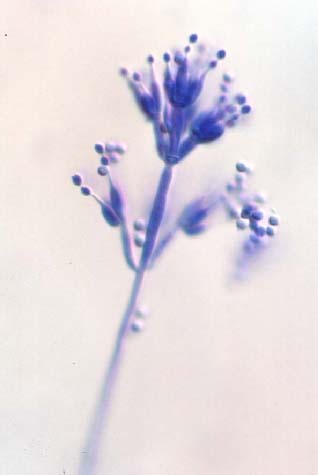



Significance of fungal resources

1. One million five hundred thousand fungal species are expected to exist on this planet, out of which
only 5%, 71,000 species have so far been described. The rest, 95% are
awaiting to be discovered and unexplored. In addition, only 5% of the
existing fungi can be cultured. Therefore, isolation of novel fungi
and development of new cultivation technique will add great values in the field
of natural product screening.
2. Fungi play important roles in nature by inhabiting plants as endophytes or plant pathogens, other fungi as fungicolous fungi, living on various substrates as saprophytes. They compete with other living organisms for nutrients and territories. During their succession, they exchange biochemical information and produce biologically active metabolites. Since various fungal metabolites have recently been developed as blockbuster drugs, their potentials should be exploited with great expectations.
3. Along with Human Genome Project, many genes are found to be homologous to those in fungi. Genomics of fungi will lead to new molecular targets of diseases and biologically active metabolites. Information obtained from one species will immediately be applicable to another species. Accumulation of such information as well as collection of fungal resources will be essential for future applied research.
4. Fungal metabolites are often species or genus specific. Specific enzymes and gene clusters in fungi will be used for combinatorial biology. Collection of fungi under different environments may lead to discovery of similar or totally different metabolic activities.
We thus believe that it is time to actively pursue exploitation of under utilized fungi and development of new techniques for fungal resource sciences.
To the page top
Go back to the previous page
Last update on
2001/07/19
Copyright © TorulopsisOktavianus